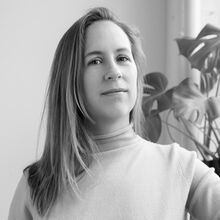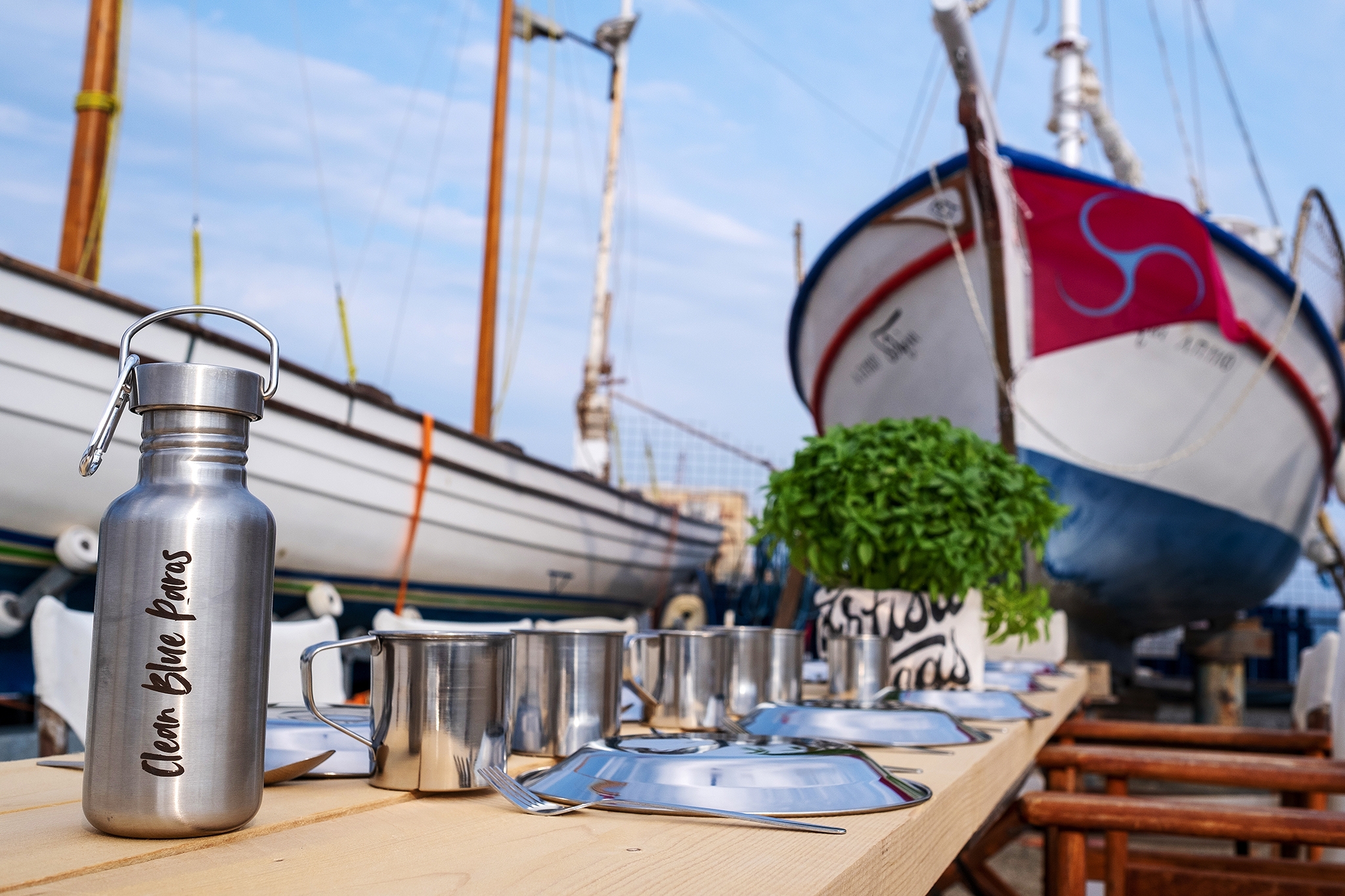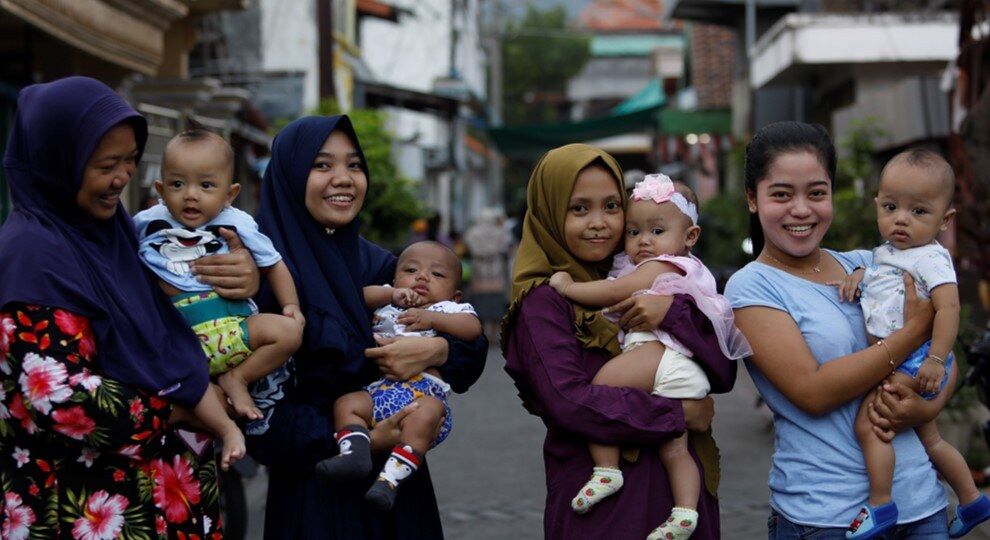Breaking the Plastic Wave


From where you’re standing, it may be tempting to continue down the path we’re already on. But for all its familiarity, this route gets increasingly treacherous – for us, for nature and for our climate. Ultimately, it will take us to an ocean drowning in an unmanageable - an unimaginable - amount of plastic waste. What about the path that allows us to keep using plastic like we are today, just as long as we recycle it? The ocean down that path has 65% more plastic in it than today.
Three of the remaining paths lead to similarly challenging futures, but there is one that takes us somewhere much, much better.
Breaking the Plastic Wave is a landmark report that explores these six pathways (or scenarios) and shows us there is no single solution for addressing the problem of plastic pollution in our ocean. The only route to clean and healthy seas is to address the problem systemically.
The report was prepared by The Pew Charitable Trusts and SYSTEMIQ, in partnership with Common Seas, the University of Oxford, the University of Leeds and the Ellen MacArthur Foundation. It was published in Science on the 23rd July 2020.
Breaking the Plastic Wave tells us more clearly than ever before how much plastic our world is producing, and how much of that is escaping into the environment (see below). Looking ahead to 2040, the report models different scenarios. As you might expect, a business-as-usual approach (where we continue as we are today) takes us to a grim future: a world in which we fail to meet our climate target to stay under 1.5 degree of warming and have an ocean full of plastic.

But perhaps more shocking is that, even if all the commitments that have been made by industry and governments today were delivered, they would only achieve a mere 7% reduction in plastic leaking into the ocean by 2040 compared to business-as-usual.
This gets to the crux of what this report is about: to achieve change on the scale required, we need to disrupt the system, not perpetuate it.

Breaking the Plastic Wave represents the most significant modelling of ocean plastic pollution to date, and it provides irrefutable evidence that we need to radically rethink how we make, use and dispose of plastic. Fortunately, as well as sounding a warning klaxon, the report offers both hope and a clear plan. In its own words:
“The report’s most important message is that, with the right level of action, tackling the problem of plastics pollution may be remembered as a success story on the human ability to rethink and rebuild systems that can sustainably support lives and livelihoods while the environment thrives.”
We can solve the plastic pollution crisis, and this report tells us how.
We believe tackling plastic pollution involves driving policy change, investing in the circular economy and shifting cultural norms.
As Breaking the Plastic Wave makes clear:
“The problem of ocean plastic pollution was created in a lifetime, and we have reason to believe that it can be solved within a generation, or sooner. But such a solution requires political leaders, policymakers, business executives, and investors to shift from incremental to systemic change.”
As an organisation dedicated to ending plastic pollution, we strive to gain a holistic understanding of the problem, by working deeply across the plastics ecosystem and connecting with government, businesses, health, education, tourism and more.
Because system change is so deeply rooted in our work, Common Seas was delighted to support Pew in the conception and creation of Breaking the Plastic Wave. And, around the world, our on-the-ground teams are busy delivering the solutions that this report calls for.
Plastic Drawdown is a great example of this. It’s a tool to help governments understand their own plastic eco-system – helping them identify which plastics to target, where they’re leaking into the environment and – given the resources they have available – how best to tackle them. Through Clean Blue Alliance, as well as our role as Technical Advisor for the Commonwealth Clean Ocean Alliance, Plastic Drawdown is supporting governments of all shapes and sizes around the world.
Plastic Drawdown’s usefulness is further exemplified by the following insight from the report: governments often fail to focus on the right problem or implement the right combination of policies to tackle plastic pollution. This occurs more frequently in countries with limited resources – typically the same countries that have the most plastic pollution.

Plastic Drawdown is designed to meet the needs of countries with limited capacity; compared to similar tools, it’s cheap and easy to use. Our vision is for any government to be able to use Plastic Drawdown as a rapid response tool to respond quickly and effectively to the findings of this report.
How bad is it?
If we continue along the path we’re on, the amount of plastics flowing into the ocean every year will nearly triple by 2040, which will mean there is four times more plastic in the sea than today. This is the equivalent of 50kg of plastic for every metre of coastline on the planet. Despite recent progress in attempts to address plastic pollution, if government and industry meet the commitments they’ve made, we’ll still only achieve a 7% reduction in the amount of plastic flowing into the ocean over the next twenty years (compared to business as usual).
Similarly, in a business-as-usual world, 4.3 billion people will lack organised waste collection services by 2040, contributing significantly to the flow of plastic into the ocean. To fix that shortfall, we would need to connect half a million people to waste collection services every single day from now until 2040. That will cost a lot of money – a cost that governments are likely to pass on to businesses by demanding they pay for the pollution they’re currently profiting from. If that happens, businesses face a $100 billion annual financial risk. Any solution that’s only based on collecting an ever-increasing amount of plastic waste is extremely unlikely to succeed.

If that’s not enough reason for us to slam the brakes on plastic production, remember that the plastic industry is also extremely carbon intensive. As you know, we need to emit a lot less carbon to stay under 1.5C of warming over the next 20 years. In a business-as-usual scenario, the plastic industry will make up 19% of our global carbon budget by 2040. In other words, we will be using almost a fifth of our total allowable carbon spend to make plastic – much of which is nonessential and designed to be used just once.
How do we solve it?
The secret to system change is that it tackles plastic pollution both upstream (i.e. How much we’re making, how we design products) and downstream (i.e. How we dispose of plastic). But what does success actually look like?

If we commit to system change, we can reduce the plastic flowing into the ocean by 80% (compared to business as usual) using technologies and approaches that are already available to us. As well as reducing the impact on our ocean, system change generates savings of $70 billion for governments over the next twenty years. It also reduces projected greenhouse gases by 30% and creates at least 700,000 jobs. In the report’s own words:
“Addressing plastic leakage into the ocean under the System Change Scenario has many co-benefits for climate, health, jobs, working conditions, and the environment, thus contributing to many of the United Nations Sustainable Development Goals.”
Changing the system doesn’t mean we lose all the important and useful products and services plastic provides. In fact, we can meet 2040’s anticipated global demand for ‘plastic utility’ with about the same amount of plastic that’s being used today. This means we can decouple plastic growth from economic growth, which is vital for a sustainable future.
Time is of the essence. A delay of five years will result in another ~80 million metric tons of plastic going into the ocean by 2040. Read on to see how we’re working on the ground today to deliver change.
Solving the plastic pollution crisis requires real-world demonstrations of system change in action. Clean Blue Alliance meets that need: it’s a growing global network of island communities that test, incubate and showcase the holistic approach we must take to break free from plastic
CASE STUDY 1: CLEAN BLUE PAROS
The Greek island of Paros sees at least a 350% increase in volume of waste between April and October – the tourist season. Much of this waste is single-use plastic, and too much of it ends up on beach and in the sea. This damages local ecosystems and threatens the island’s main source of income – tourism.
Read on to find out how Common Seas is working with Paros to help it turn off the plastic tap and become the first plastic waste-free island in Mediterranean.

To solve a problem, you must first understand it. On Paros, we investigated the island’s unique plastic pollution problem by working with waste managers, and social and marine scientists. We explored how people perceive plastic, how it ‘flows’ around the island, and which items most commonly end up in our ocean. We used Plastic Drawdown to help us do this and to identify the right portfolio of interventions.
With this insight, we started piloting creative and practical upstream solutions to radically reduce these problematic plastics. For example:
As well as stopping plastic waste at source, we are also working to stop plastic becoming waste. This means partnering with businesses and local government to implement a separate collection service for the island’s most prolific plastic pollutants.
We want everyone to be part of Paros’ plastic-free movement, so we run public communication and behaviour change campaigns for locals and tourists. For example, the first thing you see when you arrive on Paros is a beautifully branded airport that raises awareness of plastic pollution and encourages positive behaviours.
Clean Blue Paros is still a relatively new project, but, in response to demand, we are already exploring how to scale the methodology to other islands – in Greece and around the world. We are so grateful for all our partners: collaboration is essential to system change. Thank you in particular to Paros Municipality, local businesses, WATT, HERRco, WWF Greece, and the Cyclades Preservation Fund.

CASE STUDY 2: CLEAN BLUE EAST JAVA
The Brantas River in East Java provides 98% of East Java’s drinking water, but it is one of the most polluted rivers in the world. We identified single-use diapers as the most prolific plastic waste item in the river. Read on to find out how Clean Blue East Java is using a system change approach to stop over 5,000 tonnes of diapers flowing into the Brantas every year.
Single-use diapers are cheap and convenient, but they come at a high price – for our health, our livelihoods and the environment that sustains us. Today at least 1.5 million single-use diapers will enter the Brantas River.
Innovative upstream solutions can help tackle plastic pollution at source, without having to sacrifice the convenience or affordability that plastic delivers. However, attracting finance can be a challenge: most investors favour the familiar, which stifles innovation and locks us deeper into a high-waste, high-emissions trajectory. To beat plastic pollution, we need a new breed of impact investor who will finance the systems that end plastic waste.
In East Java, we are working to drive the investment needed for the region to break free from single-use diaper waste. Today, there isn’t a reusable diaper that’s affordable for most people. By working with the Government, local designers, and Indonesia’s largest women’s charity, our team has created a new reusable diaper service. The diaper is made using materials that are easy to compost or reuse, and will save households the equivalent of £77 per child per year – that’s half a month’s income for most families. The initiative will also create social benefits, including 600 jobs for local women.
This initiative is just part of the system-wide response needed to end diaper waste in East Java, which includes improved waste collection and new technologies for recycling single-use diapers, and working with decision-makers to ensure that brands are made responsible for the impact of their products.
This is just one example of how upstream innovation can deliver investors a triple win of financial, environmental and social return. Once phase one of this project is completed, we will attract finance to help the solution scale across the country and similar regions worldwide.

Sign up to our newsletter to learn more about our upcoming programmes